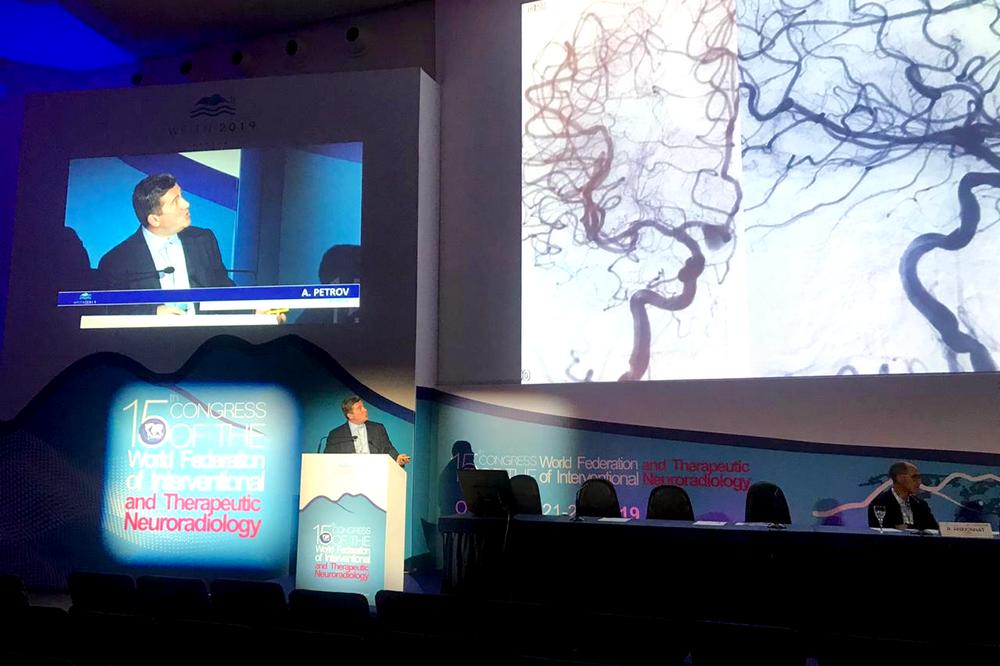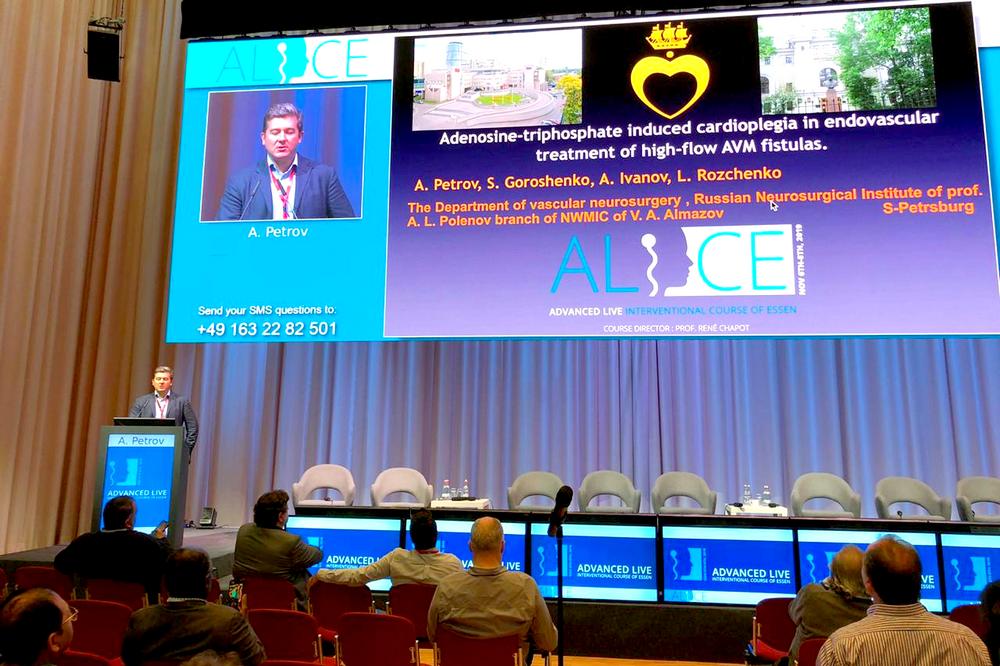
On October 23-24, Naples, Italy hosted the 15th Congress of the World Federation of Interventional and Therapeutic Neuroradiology.
Thirty years ago, a few medical pioneers practiced Interventional Neuroradiology. Coming from many specialties, with different backgrounds and nationalities, they formed from the beginning an international community – the World Federation of Interventional and Therapeutic Neuroradiology (WFITN). This small group has since grown tremendously and techniques have certainly improved. The benefit to the patients has been verified in large studies. As a result, neurointervention is today an integrated part of any neurovascular centre. Common goals and scientific collaboration are very important not only for relationships between societies but also for personal reasons. The WFITN biannual congress is a great opportunity to renew old friendships and create new bonds.
The event featured plenary sessions as well as morning and lunch seminars. The participants discussed the most relevant and important topics, attended laboratory sessions, and practical courses to study new devices and materials. Two presentations from Almazov Centre were given at the congress.
The presentation by A. E. Petrov, S. A. Goroschenko, L. V. Rozhchenko on the “Application of low-profile flow-diverting stents in the treatment of fusiform, distal aneurysms or for destructive operations” presented a series of observations and the results of treatment for the condition that until recently was treated exclusively by open microneurosurgery. Today, with the development of endovascular technologies, these conditions are treated by minimally invasive interventions.
The session devoted to endovascular treatment of cerebral arteriovenous malformations (AVM) featured a presentation by a group of specialists (A. E. Petrov, S. A. Goroschenko, A. A. Ivanova and L. V. Rozhchenko) entitled “Adenosine-triphosphate induced cardioplegia in endovascular treatment of high-flow AVM fistulas.”
This presentation aroused great interest among the world community as the technique proposed by Russian researchers changes the philosophy of embolization treatment for AVMs. The essence of this technique is that the patient’s heart is medically stopped for a short time (up to 50 seconds), and during this time, high-flow AVM fistulas can be safely embolized in the absence of blood flow. The ideological expert in this technique is neurosurgeon Andrey Petrov, head of Neurosurgery Department No. 3 and Lead Researcher at the Department of Vascular Neurosurgery.
This technique for embolization treatment of AVMs was further discussed two weeks later at the Advanced Live Interventional Course of Essen (ALICE) in Germany on November 6th–8th, 2019. Andrey Petrov gave a presentation “Asystole during the administration of embolizing agents during cerebral AVM surgery”.

Another presentation by Andrey Petrov “Dural AVM/AVF treatment, difficulties, tips and trick” was remotely presented at the Neurovascular Symposium 2019 and Complex Case Forum held in Chennai, India on November 9th–10th, 2019. This conference format makes it possible to expand the geography of participants, interactively exchange the experience and participate in discussions while saving time on flights and visits to other countries.
